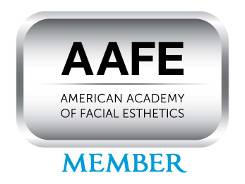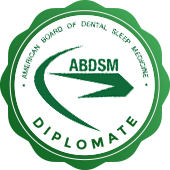 The American Dental Association recommends that people visit the dental office once every six months for dental cleaning and checkups to discourage bacteria colonies from developing and causing dental problems like tooth cavities and gum disease. Professional dental cleanings will eliminate plaque, while dental examinations will enable your general dentist to assess the condition of your teeth and gums. This article covers the different types of dental cleaning.
The American Dental Association recommends that people visit the dental office once every six months for dental cleaning and checkups to discourage bacteria colonies from developing and causing dental problems like tooth cavities and gum disease. Professional dental cleanings will eliminate plaque, while dental examinations will enable your general dentist to assess the condition of your teeth and gums. This article covers the different types of dental cleaning.
Types of dental cleanings
The dentist will complete any of the following dental cleanings, depending on the teeth’s condition:
Prophylaxis dental cleaning
Prophylaxis means disease prevention. As a result, the dentist performs prophylaxis dental cleanings to clean healthy teeth and prevent tooth decay and gum disease. Prophylaxis cleanings involve using a dental scaler or a water stream to clear plaque and tartar around the teeth. Most dental patients only need a prophylaxis cleaning, particularly if they practice regular oral hygiene and go for biannual dental appointments.
Scaling and root planing
Also called deep cleaning, scaling and root planing involves cleaning the teeth and gum pockets as a treatment for gingivitis and periodontitis. Gingivitis deep cleanings only require a single dental visit. On the other hand, periodontitis deep cleanings can necessitate multiple appointments and local anesthetics, depending on the extent of the disease.
Scaling removes plaque and tartar from the teeth surface as well as the gum pockets that may have developed under the gum line due to gum disease. This not only eliminates bacteria but also aids in the reduction of gum inflammation. Root planing involves smoothing the tooth roots, which aids in the reattachment of the gums to the teeth and the elimination of gum pockets.
Periodontal maintenance
The dentist treats gum disease with periodontal maintenance cleanings. They scrape accumulated plaque and tartar away from the teeth and gum pockets before smoothing out the roots if necessary, just like scaling and root planing. The biggest difference between periodontal maintenance cleanings and other dental cleanings is that they are typically done more often. The reason is that gum disease is progressive and can worsen without proper treatment.
Gross debridement cleaning
Gross debridement cleanings are the most thorough of teeth cleanings, intended to remove large quantities of plaque and tartar from teeth. Individuals who fail to keep an oral hygiene regimen or who have not visited the dentist in a long time fall into this category. During gross debridement cleanings, an electrical tool is used to loosen tartar because plaque hardens into tartar and massive volumes of tartar are particularly difficult to remove. After the residual plaque and tartar are cleaned off, the teeth are cleaned using a prophylaxis method.
In conclusion
The dentist can perform different types of dental cleanings depending on what they discover during the dental exam. Although these cleanings follow the same general principles, they each take a very different method depending on the circumstances. If you have not had a dental cleaning in a while, it is time to book an appointment with the dentist.
Request an appointment or call Artisan Dental Bellevue at 425-454-2005 for an appointment in our Bellevue office.
Related Posts
Dental hygiene and fresh breath go hand in hand, and for many patients, a regular dental cleaning is a crucial part of their oral care routine to have healthy teeth and gums and avoid bad breath, or halitosis.In this article, we delve into dental cleaning and its relationship with bad breath. We explore how routine…
Dentists perform dental cleaning to prevent problems like tooth decay and gum disease. A dental cleaning procedure is more intensive than your daily oral hygiene routine.Read on to find out why aftercare is necessary after a dental cleaning. The following also explains how to care for your teeth after professional teeth cleaning.Dentists advise their patients…
A dental cleaning is performed to remove plaque and tartar that can naturally build up on teeth and along the gum line. The process is non-invasive and takes less than an hour to complete. It is helpful to understand the steps involved with the dental cleaning process before the day of the appointment.While every experience…









